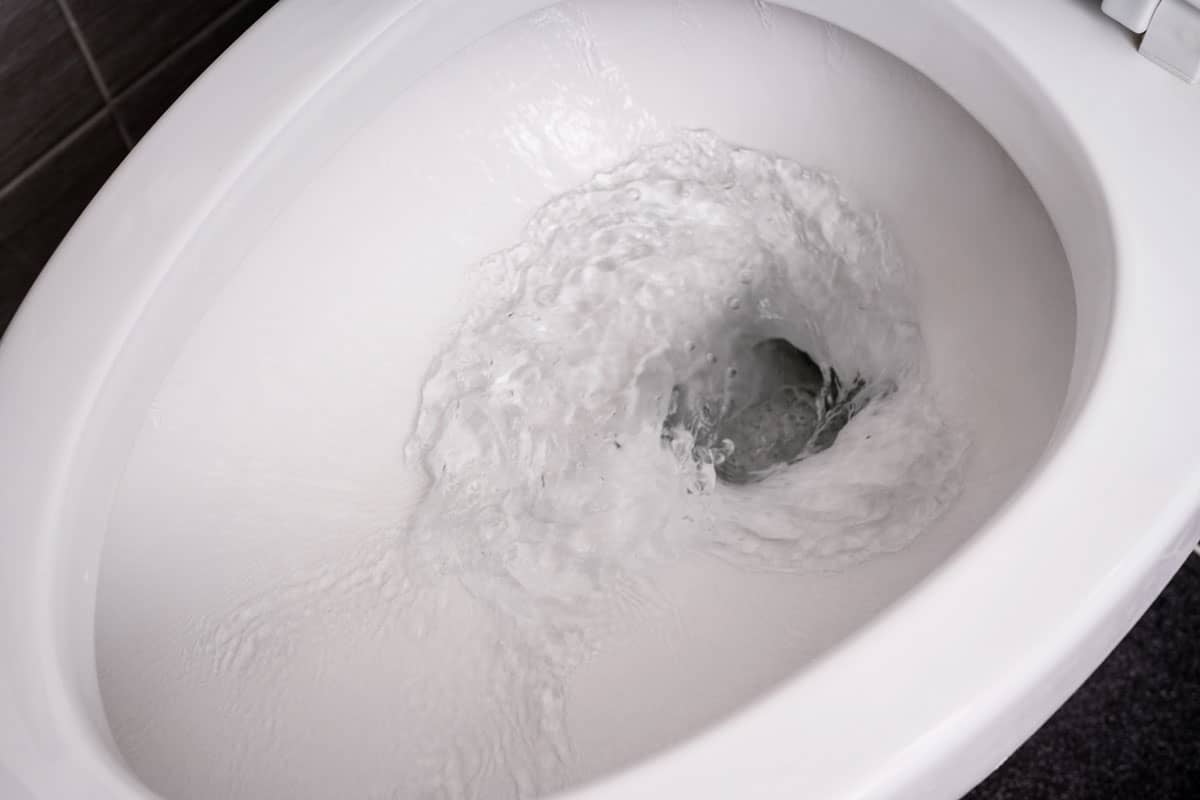

Articles
Why Would A Toilet Bubble
Modified: October 20, 2024
Discover why toilets bubble and how to fix the issue in this informative article. Learn the common causes and troubleshooting tips.
(Many of the links in this article redirect to a specific reviewed product. Your purchase of these products through affiliate links helps to generate commission for Storables.com, at no extra cost. Learn more)
Introduction
Have you ever experienced the peculiar phenomenon of your toilet producing bubbles? It’s a somewhat baffling sight, and you may be wondering why it happens and what it could mean for your plumbing system. In this article, we will explore the fascinating world of toilet bubbles, uncovering the causes behind them, and discussing the potential plumbing issues they may indicate.
Toilet bubbles can be surprising and even alarming, but understanding their origins can help put your mind at ease. So, let’s dive into the world of bubbles and unravel the mystery behind this unique occurrence.
When you flush your toilet, you expect to see water rushing down the bowl and out through the sewer line. However, if you notice bubbles forming as the water drains, it can be a cause for concern. These bubbles are typically small and can either float on the surface or emerge from the bottom of the bowl.
While toilet bubbles may seem harmless, they can sometimes indicate underlying plumbing issues that require attention. By understanding the causes of these bubbles, you can better identify the problem and take appropriate measures to resolve it.
Key Takeaways:
- Don’t let toilet bubbles burst your plumbing peace! Understanding their causes and promptly addressing underlying issues can save you from costly repairs and ensure a stress-free bathroom experience.
- Proper ventilation is the unsung hero in the battle against toilet bubbles. Maintaining airflow in your plumbing system can prevent clogs, eliminate odors, and promote efficient drainage.
Read more: Why Is My Toilet Bowl Bubbling
Understanding Toilet Bubbles
Before we delve into the causes of toilet bubbles, let’s first grasp a basic understanding of how toilets work. When you flush a toilet, water is released from the tank and enters the bowl. This rush of water pushes waste through the drain pipe and into the sewer system.
In an ideal situation, the water flows smoothly, without any interruption or unusual occurrences. However, when toilet bubbles appear, it indicates that something is disrupting the normal flow of water during the flushing process.
Toilet bubbles can occur for various reasons, ranging from simple and harmless to more complex and concerning. They can be linked to plumbing issues such as clogged vents, blockages in the sewer line, or a malfunctioning flush valve.
Additionally, toilet bubbles can be a symptom of a larger issue in your plumbing system, such as a sewage backup or a problem with the septic tank. Understanding the potential causes behind these bubbles is crucial in determining the appropriate course of action to remedy the situation.
It’s worth noting that not all toilet bubbles signify a major problem. Sometimes, small bubbles can be caused by excess air in the water supply system. This can occur when the water pressure is too high or when air gets trapped in the pipes.
On the other hand, if the bubbles are accompanied by gurgling sounds, foul odors, or the water level in the toilet bowl starts to rise, it may indicate a more significant issue. These signs suggest that there is a blockage or obstruction in the plumbing system, impeding the normal flow of water and causing air to be trapped.
Causes of Toilet Bubbles
When it comes to the causes of toilet bubbles, several factors can contribute to this phenomenon. Let’s explore some of the common culprits:
- Blocked Vent Pipe: The vent pipe plays a crucial role in maintaining proper airflow in your plumbing system. It allows sewer gases to escape and prevents pressure buildup in the pipes. If the vent pipe becomes blocked by debris, leaves, or even animal nests, it restricts the airflow, causing air bubbles to form in the toilet bowl during flushing.
- Sewer Line Blockage: Another potential cause of toilet bubbles is a blockage in the sewer line. When the main sewer line is obstructed by tree roots, debris, or other materials, it can lead to poor drainage and increased pressure in the pipes. This pressure can force air bubbles to rise through the water, causing bubbles in the toilet bowl.
- Malfunctioning Flush Valve: The flush valve is responsible for releasing water from the tank into the toilet bowl during a flush. If the flush valve is not functioning properly, it can result in an incomplete flush, leading to the formation of bubbles as the water drains.
- Water Pressure Issues: High water pressure can cause air to become trapped in the plumbing system, leading to bubbles in the toilet bowl. Additionally, if the water pressure suddenly drops or fluctuates, it can disrupt the normal flow of water and result in the formation of bubbles.
- Malfunctioning Check Valve: The check valve prevents backflow of water and sewage into your plumbing system. If the check valve is faulty or damaged, it can allow air to enter the pipes, leading to the formation of bubbles in the toilet bowl.
It is important to note that these are just some of the potential causes of toilet bubbles. The actual cause may vary depending on the specific plumbing setup and other factors unique to your home. Identifying the underlying cause is crucial in determining the appropriate steps to resolve the issue.
Common Plumbing Issues
Toilet bubbles can often be a symptom of underlying plumbing issues. Understanding these common problems can help you pinpoint the source of the bubbles and take the necessary steps to address them. Here are some common plumbing issues that can lead to toilet bubbles:
- Clogged Drains: One of the most common causes of toilet bubbles is a clogged drain. When debris, such as hair, soap scum, or toilet paper, accumulates in the drain pipes, it can restrict the flow of water. As a result, air gets trapped and manifests as bubbles during flushing.
- Blocked Vent Pipes: As mentioned earlier, vent pipes play a crucial role in maintaining proper airflow in the plumbing system. When these pipes become blocked or obstructed, it disrupts the pressure balance and can lead to bubbles forming in the toilet bowl.
- Sewer Line Blockages: Blockages in the main sewer line can cause water to back up into the plumbing system. This can lead to air bubbles in the toilet bowl when you flush. Common culprits of sewer line blockages include tree roots, debris, grease buildup, or structural damage to the pipes.
- Malfunctioning Toilet Components: Issues with the various components of a toilet can also contribute to the formation of bubbles. A malfunctioning flush valve, faulty fill valve, or a worn-out flapper can disrupt the proper flow of water, leading to air pockets and subsequent bubbles.
- Water Pressure Problems: Fluctuating water pressure or high water pressure can result in air becoming trapped in the plumbing system. This trapped air can then manifest as bubbles in the toilet bowl during flushing.
It’s important to address these plumbing issues promptly to prevent further damage to your plumbing system and ensure the proper functioning of your toilet. Consulting a professional plumber is recommended to accurately diagnose the problem and implement the appropriate repairs.
Next, let’s discuss the importance of proper ventilation in your plumbing system and its impact on toilet bubbles.
Toilets may bubble due to a clog in the drain pipe, causing air to be trapped and released when flushing. Try using a plunger or drain snake to clear the clog.
Importance of Proper Ventilation
Proper ventilation is a crucial aspect of any plumbing system, and it plays a significant role in preventing issues such as toilet bubbles. The ventilation system in your plumbing network consists of vent pipes that extend from various fixtures and connect to the main vent stack or roof vent.
The primary purpose of vent pipes is to facilitate the exchange of air within the plumbing system. Adequate ventilation helps maintain proper pressure levels, prevents sewer gases from entering your home, and allows wastewater to flow freely without any disruptions or air bubbles in the toilet bowl.
Here are some key reasons why proper ventilation is vital for your plumbing system:
- Prevention of Air Pressure Buildup: When wastewater flows through the drain pipes, it can cause changes in air pressure. Without proper ventilation, this pressure buildup can lead to air being trapped in the system. The presence of trapped air can result in bubbles forming in the toilet bowl during flushing.
- Elimination of Sewer Odors: Vent pipes provide an avenue for sewer gases, such as methane, to escape the plumbing system. These gases are naturally produced as organic matter decomposes in the sewer lines. Proper ventilation prevents these gases from accumulating in your home, ensuring a fresh and odor-free environment.
- Prevention of Clogs and Blockages: Vent pipes not only allow air to escape but also enable debris and particles to be carried away effectively. Without adequate ventilation, these materials can accumulate and cause blockages in the pipes, leading to clogs and potential backups. Proper venting helps maintain the flow of wastewater, reducing the risk of toilet bubbles.
- Promotion of Efficient Drainage: A well-ventilated plumbing system ensures efficient and proper drainage. It allows water to flow freely through the pipes, preventing sluggish or slow drains that may contribute to the formation of bubbles in the toilet.
Having a professional plumber inspect and maintain your ventilation system is essential to ensure its proper functioning. By keeping your ventilation system in good condition, you can minimize the occurrence of toilet bubbles and promote the overall health and efficiency of your plumbing system.
Now that we have explored the importance of proper ventilation, let’s move on to discussing how to deal with toilet bubbles and resolve any underlying plumbing issues.
Read more: Why Would Mold Grow In Toilet Bowl
Dealing with Toilet Bubbles
When faced with toilet bubbles, it is important to take prompt action to identify and resolve any underlying plumbing issues. Here are some steps you can take to address the problem:
- Check for Clogs: Start by checking for any clogs in the toilet drain or the sewer line. Use a plunger or a plumbing snake to try and remove any blockages that may be causing the bubbles. If the clog persists or if you suspect a deeper blockage in the sewer line, it is advisable to seek professional assistance.
- Inspect the Ventilation System: Examine the vent pipes connected to your plumbing system. Look for any signs of blockages, such as debris or nests, which may be obstructing the airflow. Clearing these blockages can often help alleviate the issue of toilet bubbles. However, vent pipe maintenance should ideally be handled by a professional plumber.
- Check Water Pressure: Determine if there are any issues with the water pressure in your home. Excessively high or fluctuating water pressure can contribute to the formation of air bubbles. Consider installing a pressure regulator to stabilize the water pressure and prevent future occurrences of toilet bubbles.
- Consult a Professional Plumber: If you have attempted basic troubleshooting and the problem persists, it is recommended to consult a professional plumber. They will have the expertise and tools to accurately diagnose the cause of the toilet bubbles and provide appropriate solutions. They can also inspect the entire plumbing system, including the sewer lines and vent pipes, to identify any underlying issues that may be contributing to the problem.
Remember, toilet bubbles can sometimes be an indication of more significant plumbing issues that require expert attention. Ignoring the problem may lead to further damage and more costly repairs in the long run. It’s always better to address the issue promptly by seeking professional help when needed.
By taking the necessary steps to deal with toilet bubbles, you can ensure the proper functioning of your plumbing system and maintain the comfort and functionality of your bathroom.
Conclusion
Toilet bubbles can be a perplexing phenomenon, but understanding their causes can help you address any underlying plumbing issues and maintain the proper functioning of your bathroom. By recognizing the importance of proper ventilation in your plumbing system, you can prevent the occurrence of bubbles and ensure efficient drainage and the elimination of sewer odors.
When faced with toilet bubbles, it is important to investigate the potential causes. Checking for clogs, inspecting the ventilation system, and monitoring water pressure are some initial steps you can take to identify the problem. However, it is advisable to consult a professional plumber if the issue persists or if you suspect a more significant plumbing concern.
Remember, toilet bubbles can indicate more than just a minor inconvenience. They can be indicative of clogged drains, blocked vent pipes, or even sewer line issues. Taking prompt action to resolve these problems can prevent further damage to your plumbing system and save you from costly repairs in the future.
By considering the information shared in this article, you are now equipped with a better understanding of toilet bubbles and how to deal with them. Remember to prioritize regular plumbing maintenance and seek professional help whenever necessary.
Ultimately, maintaining a functional and hassle-free plumbing system ensures a comfortable and stress-free bathroom experience for you and your household.
Frequently Asked Questions about Why Would A Toilet Bubble
Was this page helpful?
At Storables.com, we guarantee accurate and reliable information. Our content, validated by Expert Board Contributors, is crafted following stringent Editorial Policies. We're committed to providing you with well-researched, expert-backed insights for all your informational needs.
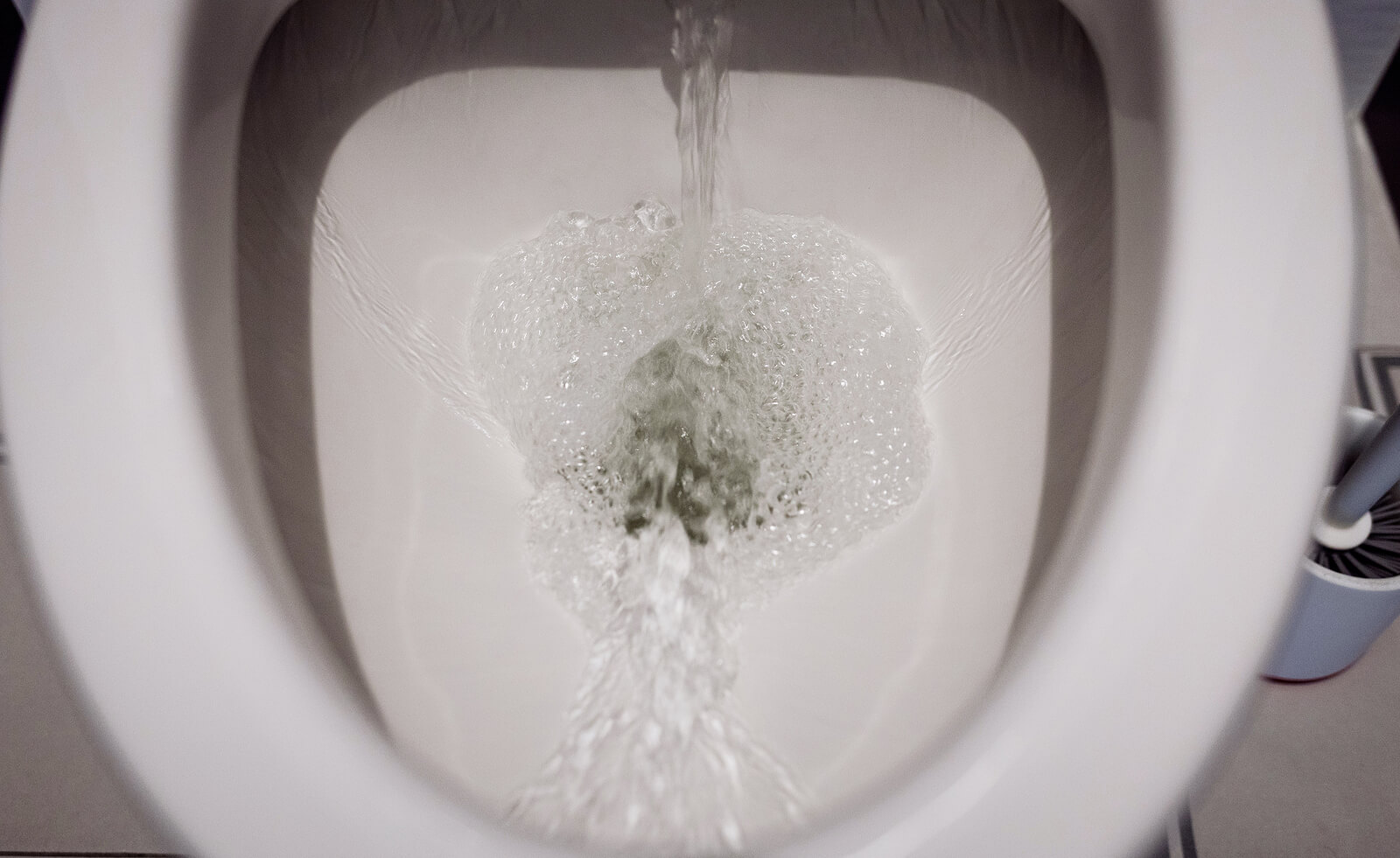
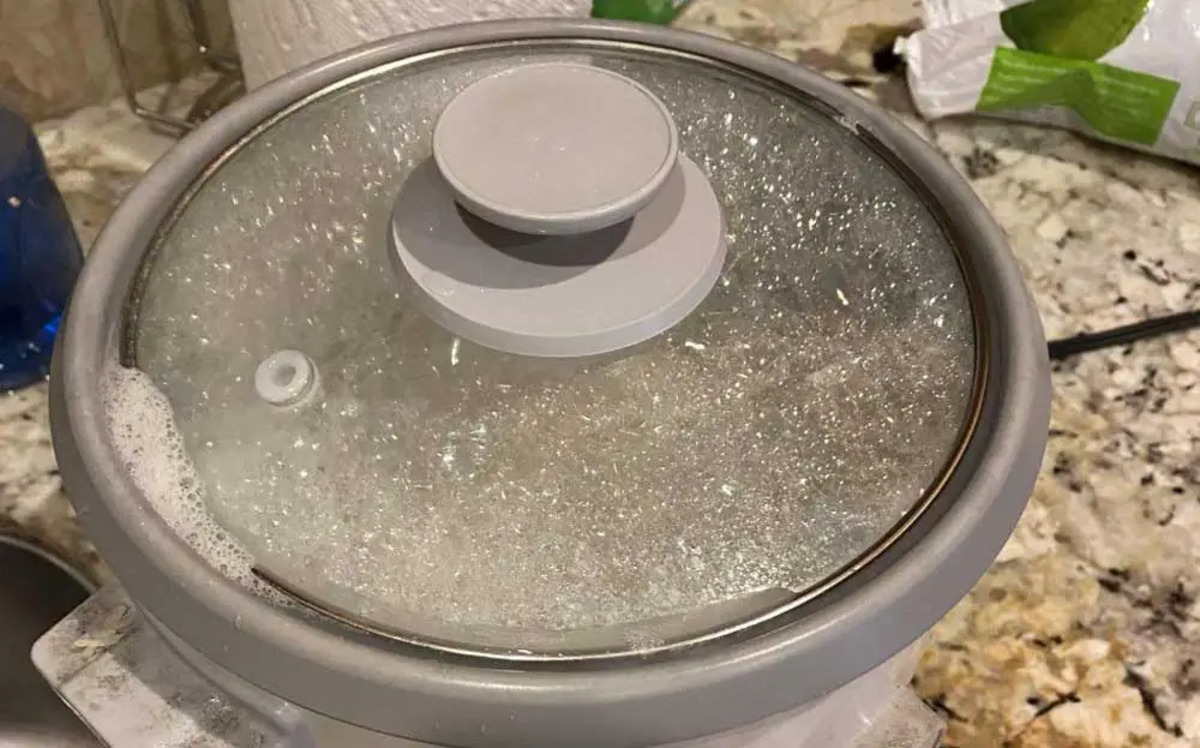

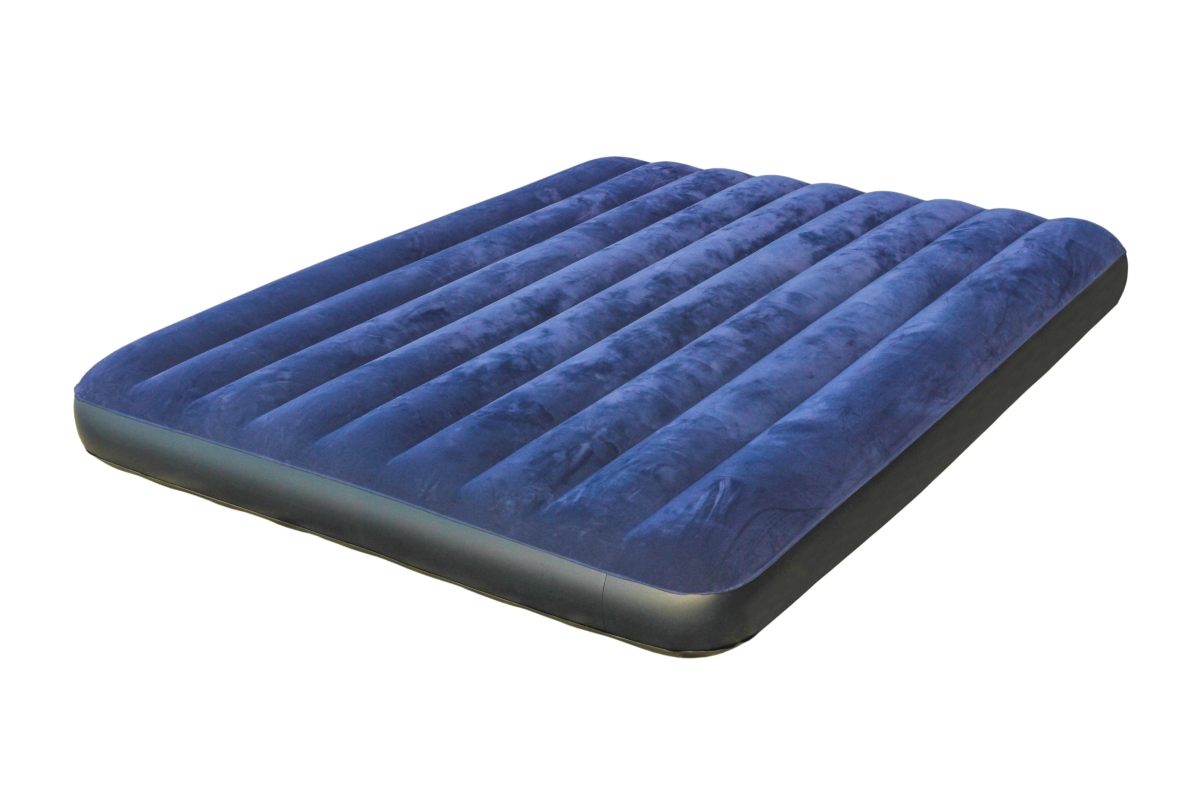
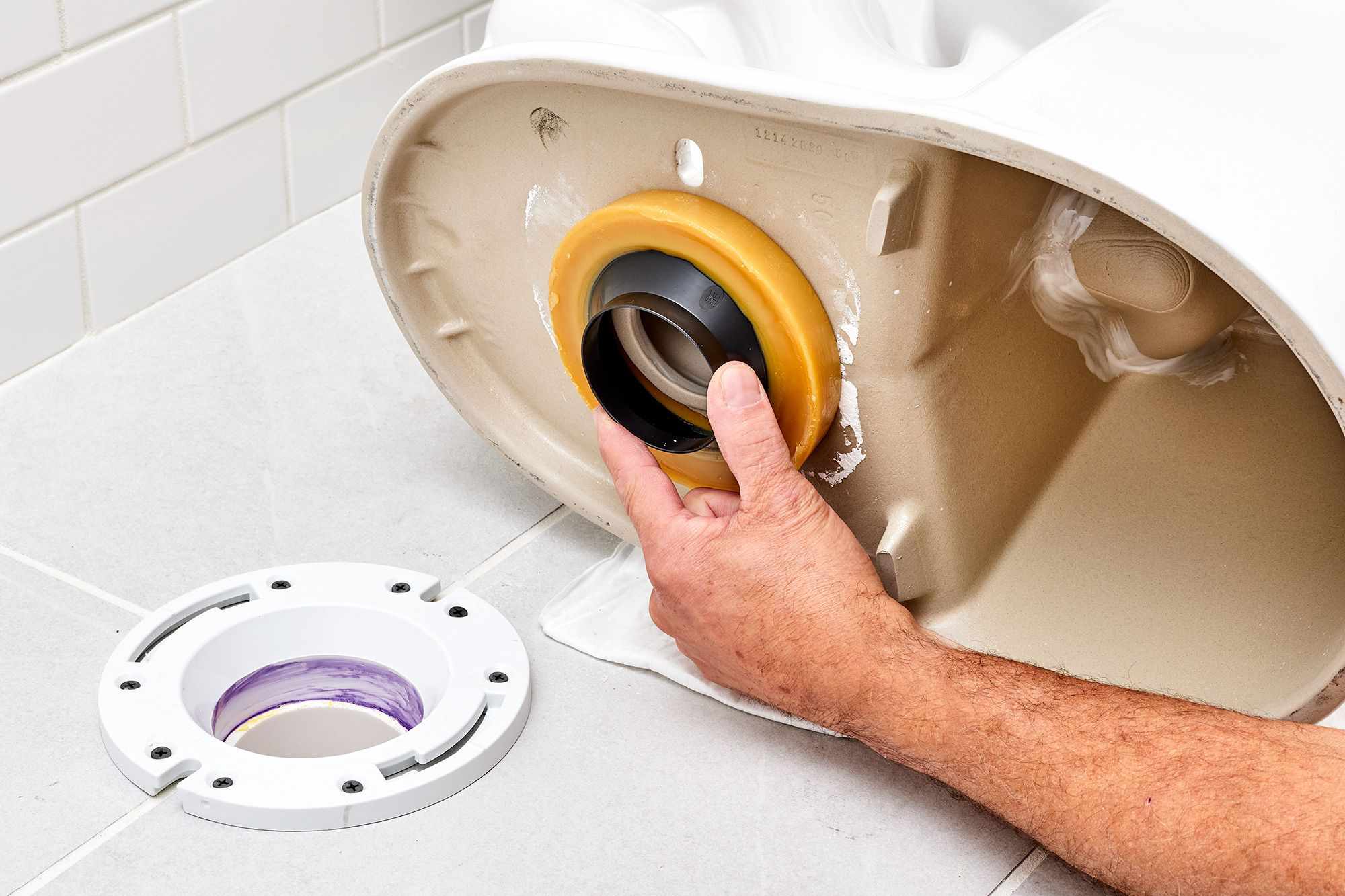
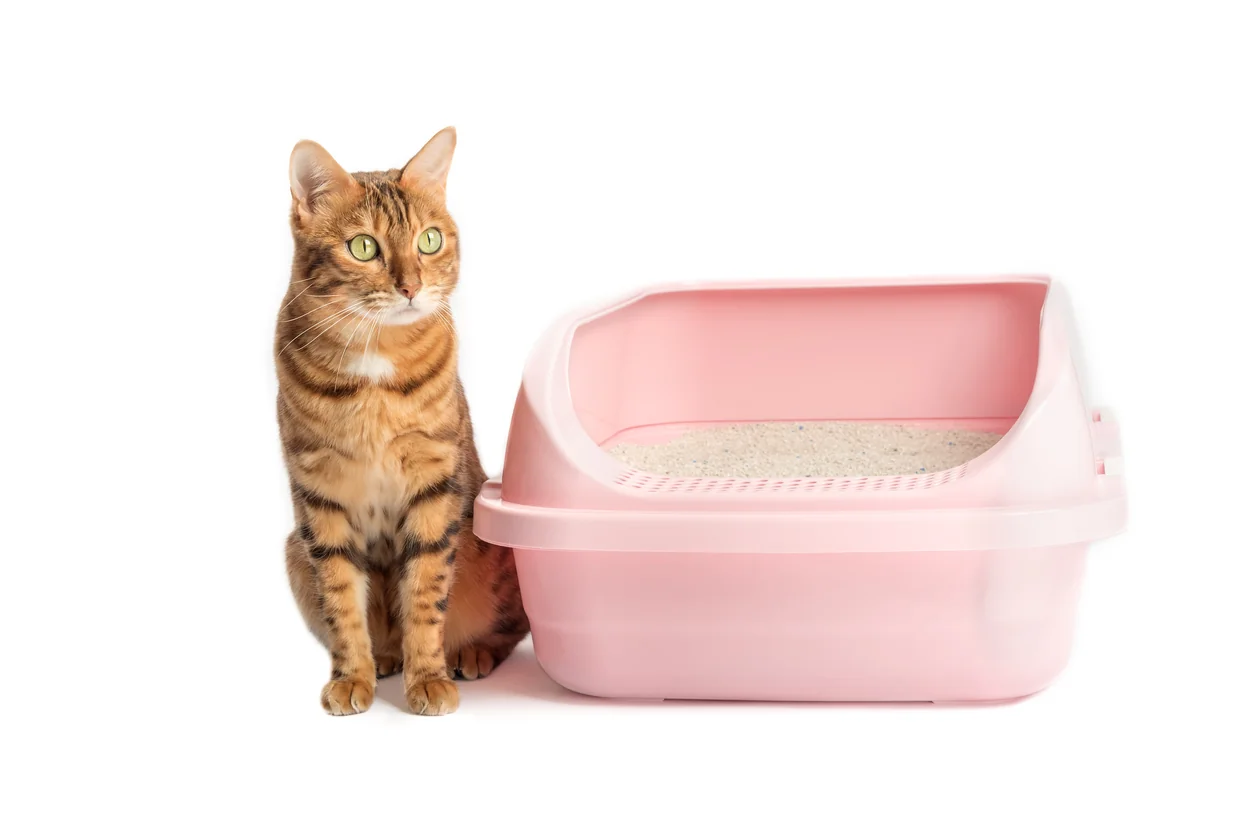
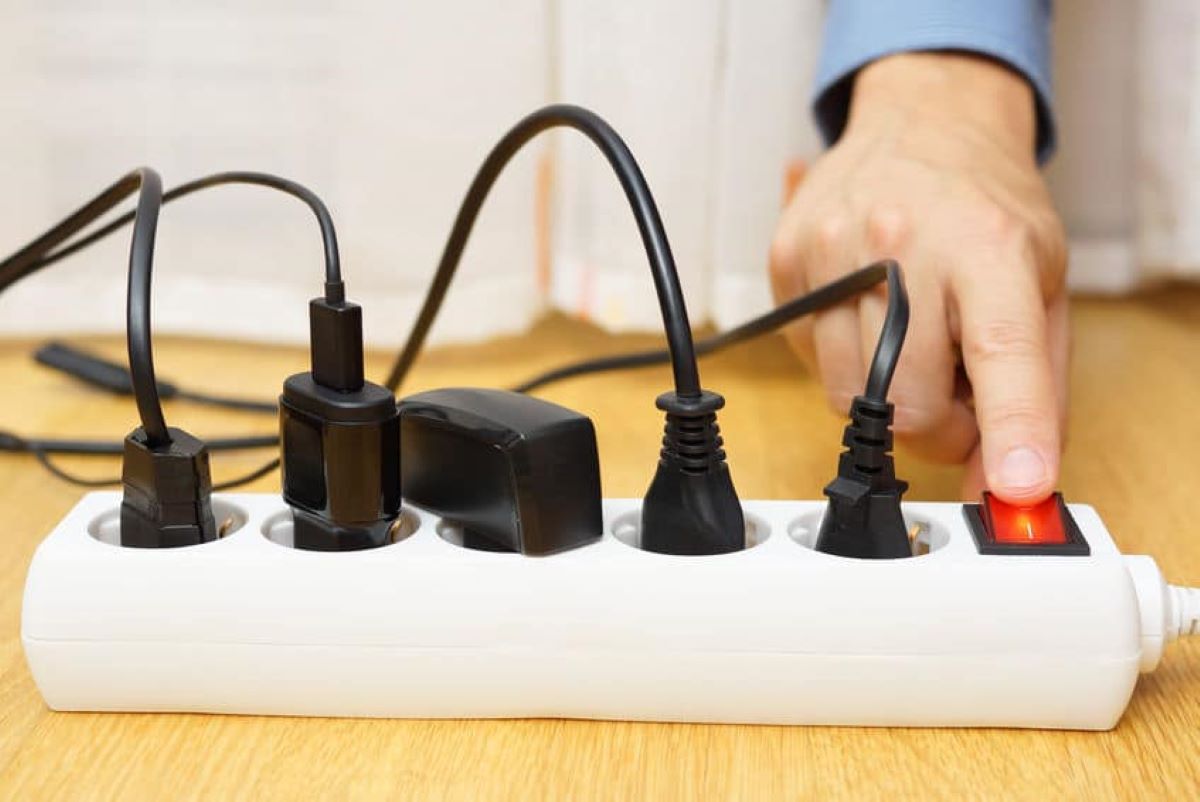

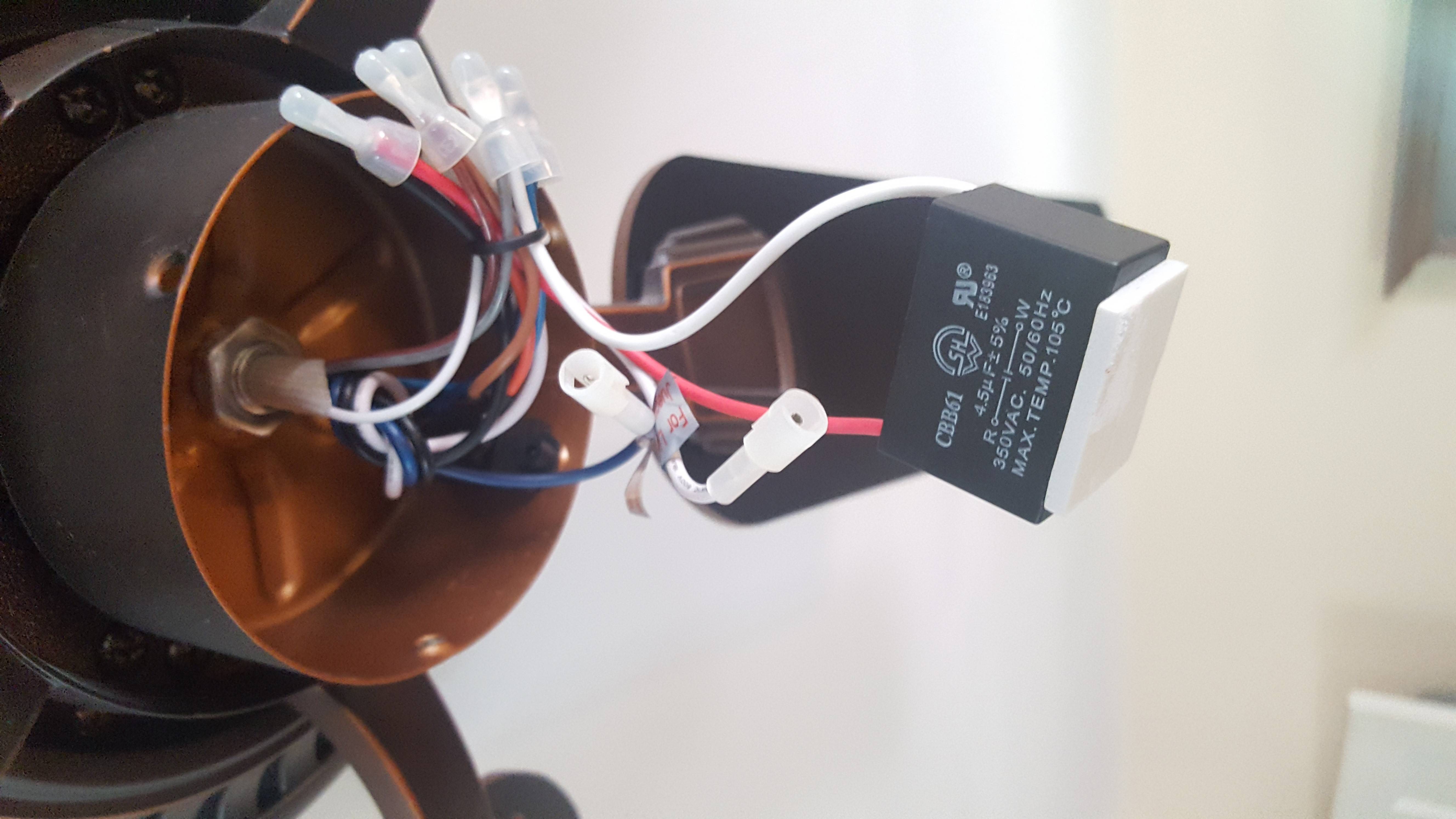
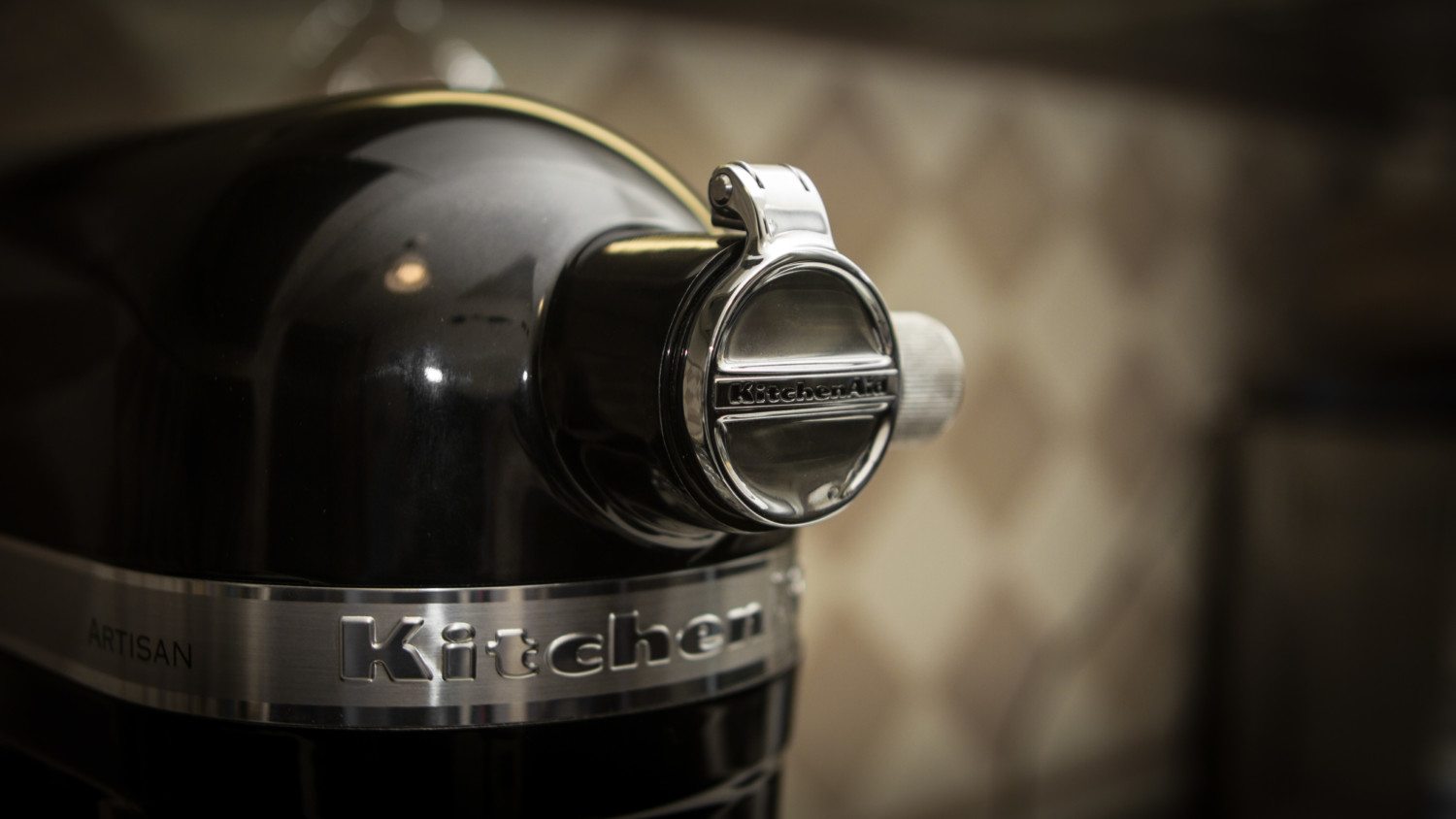
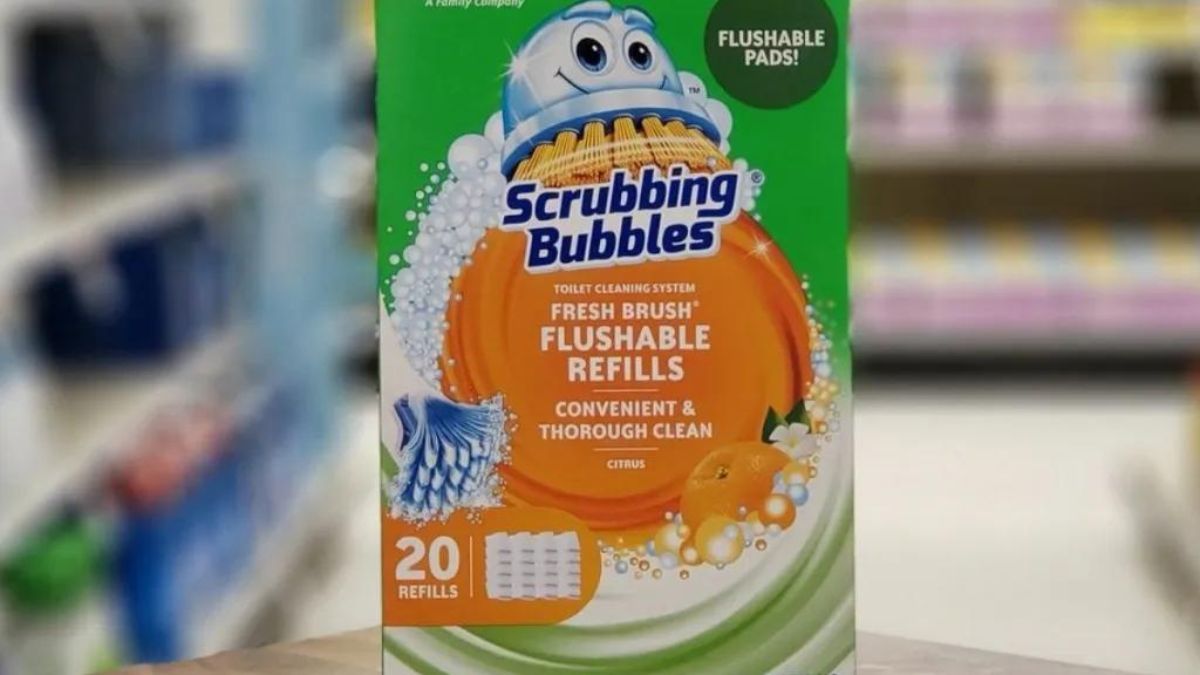


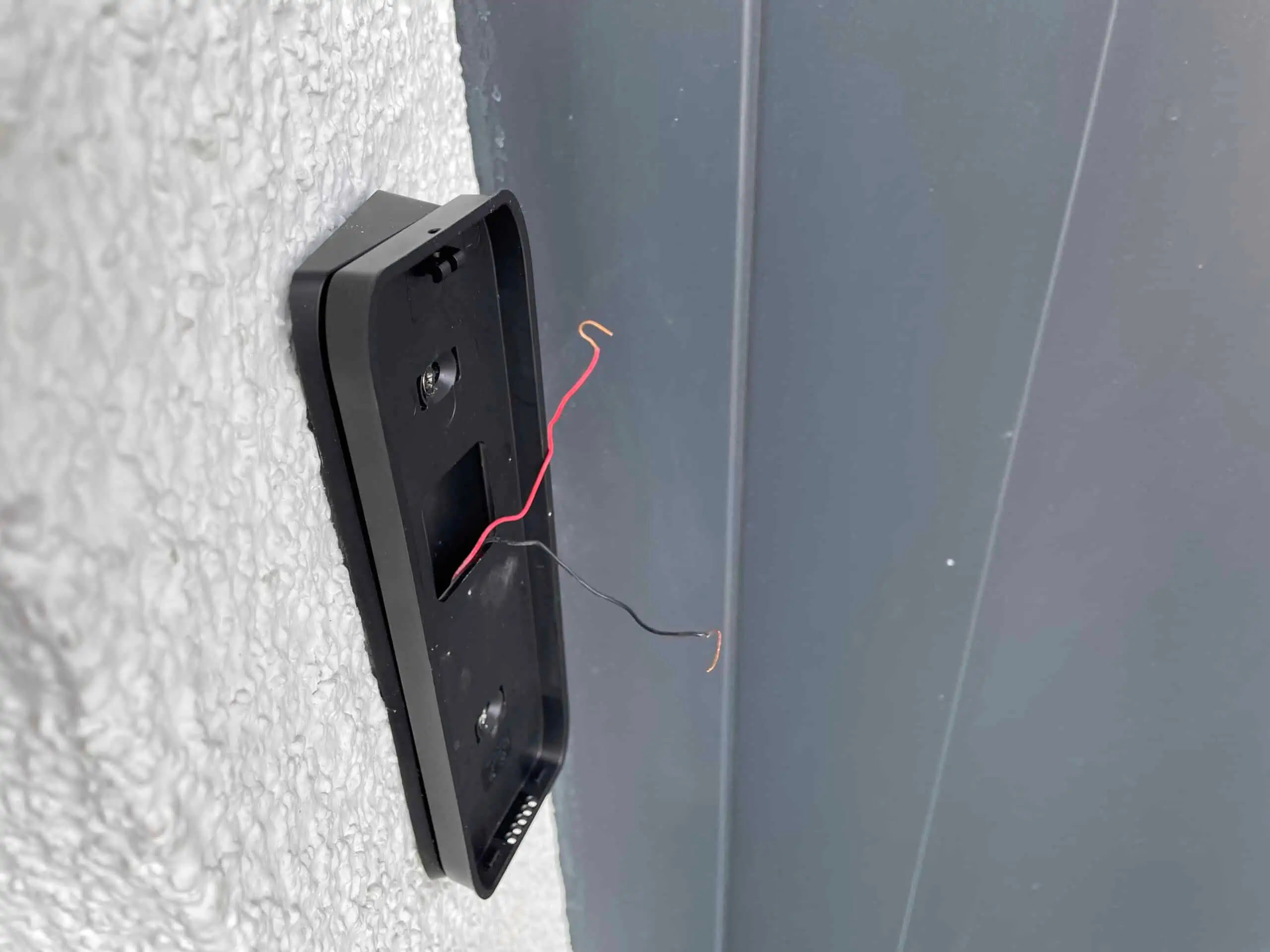

0 thoughts on “Why Would A Toilet Bubble”